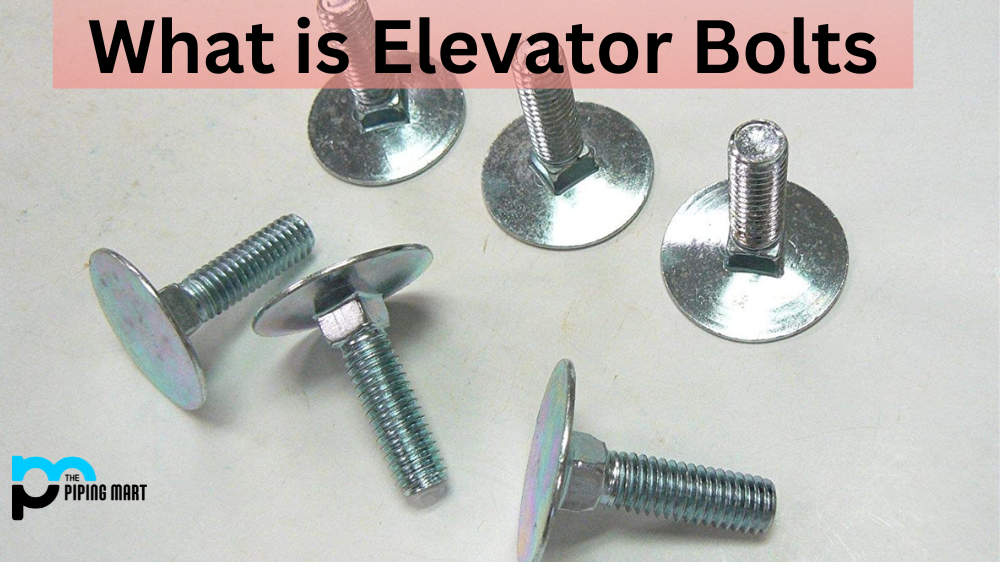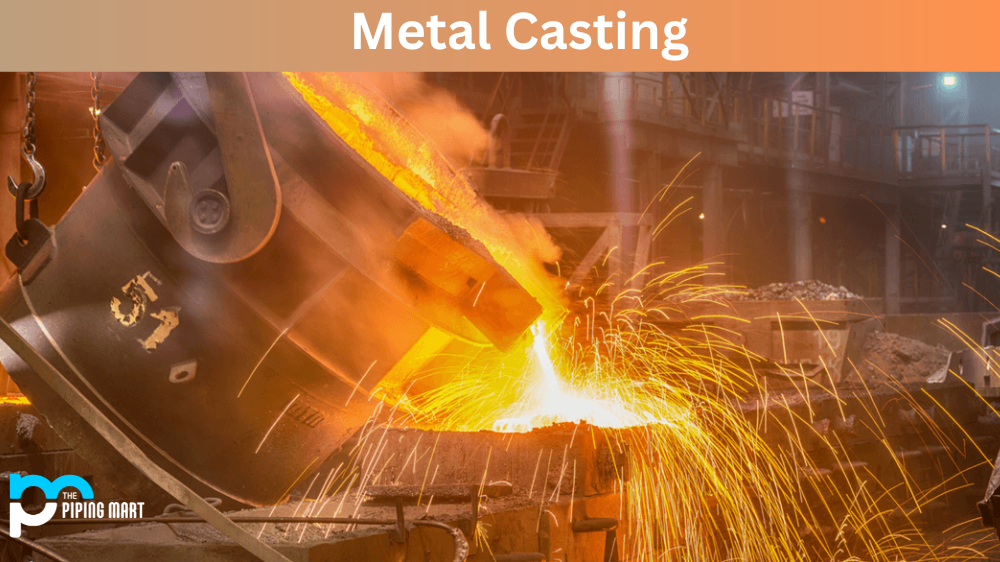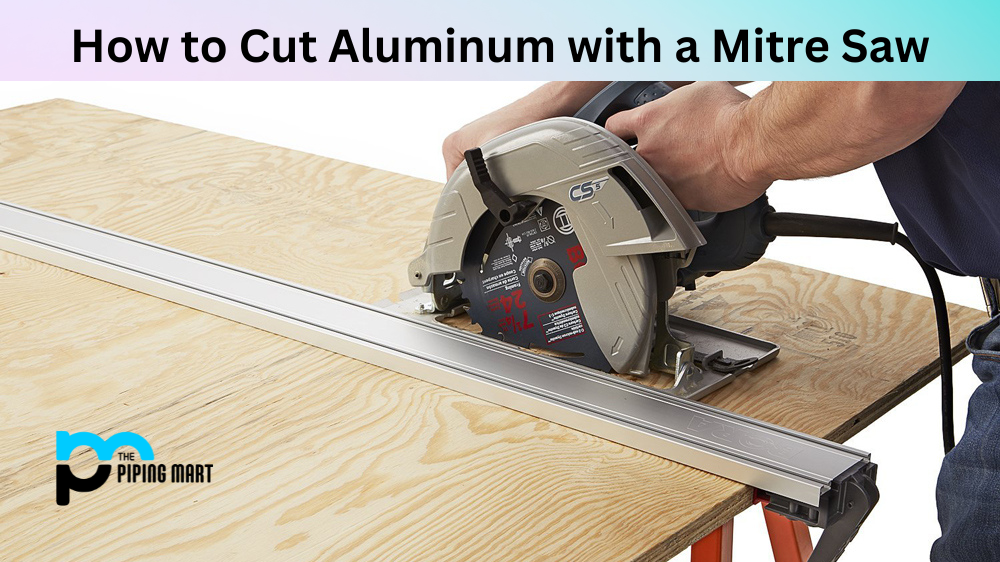Are you looking for a cost-effective cutting solution? Then it would help if you considered the pros and cons of water jet and laser cutting. This article will discuss the factors that affect the cost, such as materials used, process complexity, and production volume. Armed with this knowledge, you can decide which cutting solution is best for your needs.
Water Jet Cutting
Water jet cutting is a versatile process that can cut a wide range of materials, from metal to glass to plastic. The cost of water jet cutting depends on the project’s complexity, the material being cut, and the speed at which it needs to be completed. Generally speaking, water jet cutting is less costly for simple projects or low production volumes since there are fewer setup costs associated with it. However, if you have a complex project or require a high volume of parts, laser cutting may be more cost-effective due to its increased speed capabilities. Additionally, some materials require specialized abrasives, which can add additional costs to waterjet operations.
Laser Cutting
Laser cutting is more expensive than waterjet because it requires more energy and gas consumption. Furthermore, laser cutting has higher setup costs than waterjet since it requires special equipment like lasers and optics. However, in terms of production speed and quality control, laser works faster than waterjet due to its high accuracy levels, which enables it to produce intricate designs with minimal material waste. It also has greater flexibility regarding material choices as it can work with many different types, including plastics, metals and even composites such as carbon fiber reinforced plastic (CFRP). Laser machines have lower maintenance costs since they do not need abrasive materials like those used by waterjets to function properly.
Conclusion:
Before deciding between water jetting versus laser cutting for your project needs, it’s essential to consider all aspects that could affect the overall cost, including materials used, process complexity/speed requirements and production volume demands. For instance, water jetting may be a more cost-effective option if you have a simple job with low production volumes. In contrast, larger-scale projects may benefit more from laser cutting due to its higher speed capabilities and precision cuts resulting in less material waste over time. Every situation is unique so take time to weigh all factors before investing in either technology for your project needs!
Sakshee is a talented blogger, with a particular focus on the Business and Metal Industry. She is passionate about sharing her insights on various metal products and helping professionals to make a better decisions.




